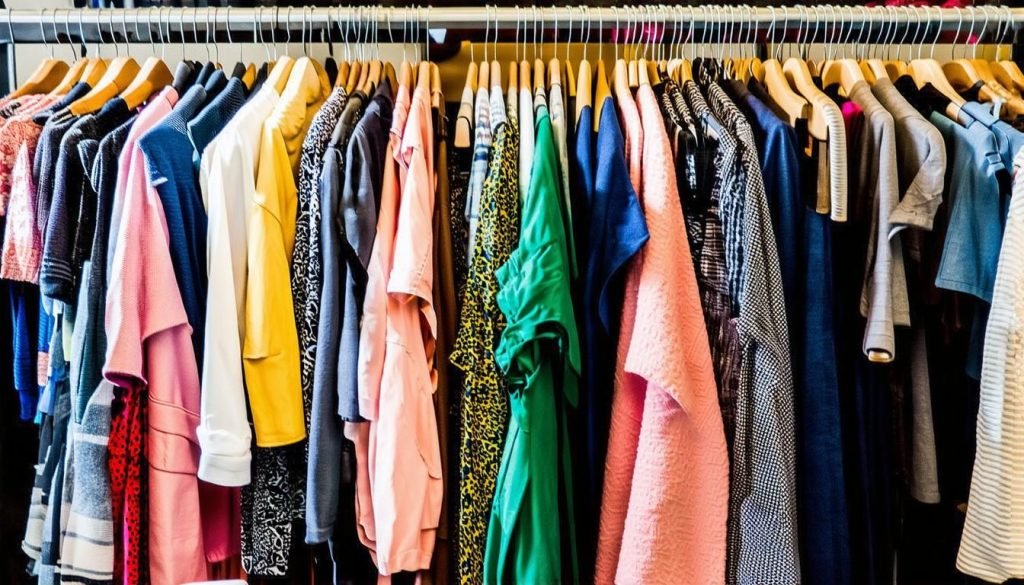In 2024, second-hand fashion is becoming a popular choice for consumers, combining style with environmental responsibility and supporting charity initiatives.
The Rise of Second-Hand Fashion in 2024: A Sustainable Trend Revived
In 2024, the popularity of ‘second-hand’ fashion has reached unprecedented levels, aligning with a growing global emphasis on environmental sustainability. The increasing favourability of pre-loved apparel is not only a nod to ecological conscience but also a stylish statement.
While the concept of second-hand fashion is riding a new wave of popularity, it is by no means a contemporary phenomenon. The roots of this trend can be traced back to 1947, when the charity organisation Oxfam inaugurated its first shop in the United Kingdom. From this humble beginning, Oxfam has expanded its presence significantly, currently operating 560 shops nationwide, collectively managed by 23,000 dedicated volunteers.
Charity shops like those run by Oxfam play a crucial role in community life. They offer a multitude of second-hand items including clothing, books, and homeware, thereby promoting sustainable shopping habits. Moreover, the proceeds from these sales are channeled into the organisation’s larger mission of combating poverty, making every purchase doubly impactful.
In a notable campaign this September, Oxfam has urged consumers to embrace second-hand shopping as a protest against the detriments of fast fashion. Their slogan, “dress for the world you want to see”, encapsulates the dual benefits of aesthetic appeal and environmental responsibility that second-hand shopping offers.
This new campaign has a particular resonance in towns like Newport, Monmouth, and Chepstow, where local Oxfam shops have significantly contributed to both community cohesion and sustainable fashion choices. These shops not only provide access to affordable, quality goods but also foster spaces where community members can connect and engage in shared environmental goals.
For those keen to explore the vibrant history of these initiatives, a fascinating collection of archival photos documenting Oxfam’s activities in the 1990s is available. These snapshots offer a compelling visual narrative of how the operations and impacts of these charity shops have evolved over the decades.
In conclusion, as the world becomes increasingly aware of environmental challenges, second-hand fashion has emerged as a stylish, conscientious alternative to fast fashion. What began as a modest effort by Oxfam in 1947 has burgeoned into a nationwide movement, reinforcing that sustainable practices can indeed be both fashionable and impactful.
Source: Noah Wire Services





